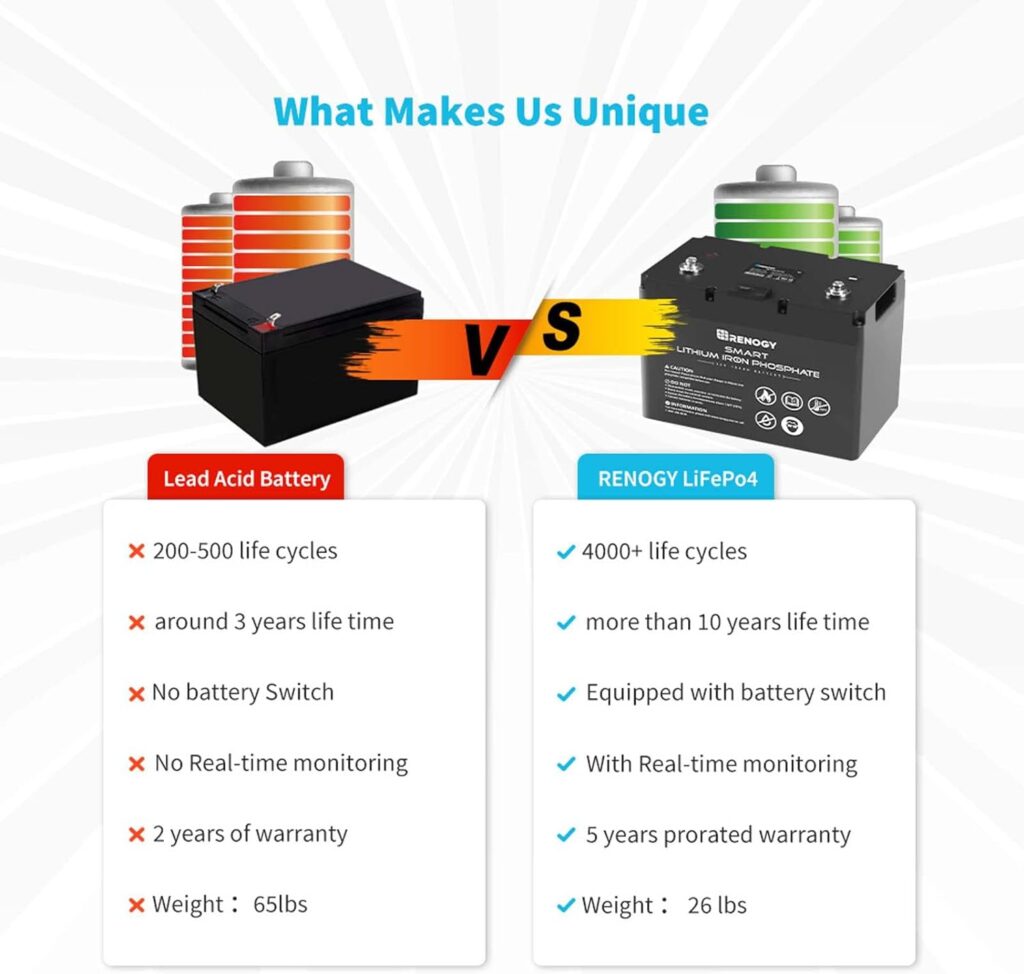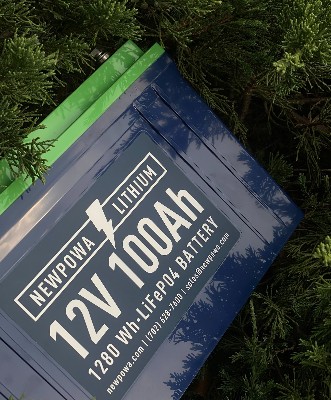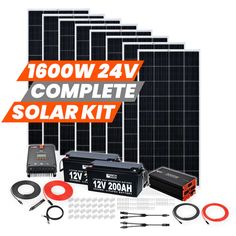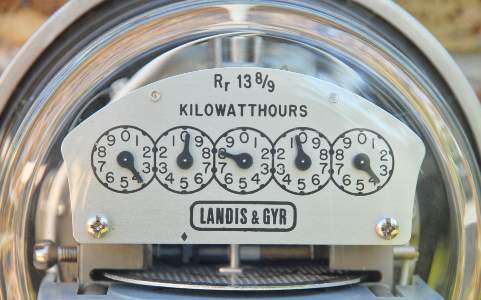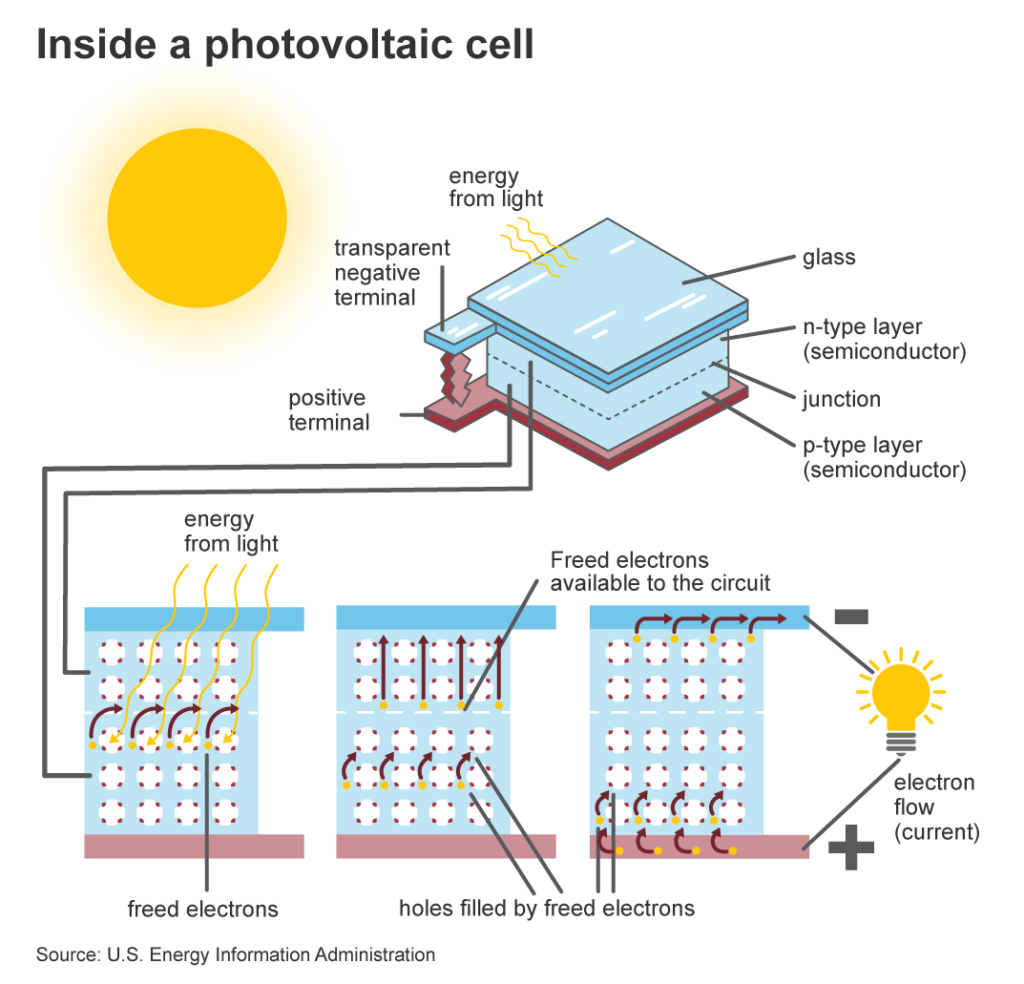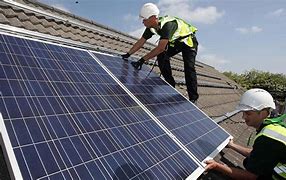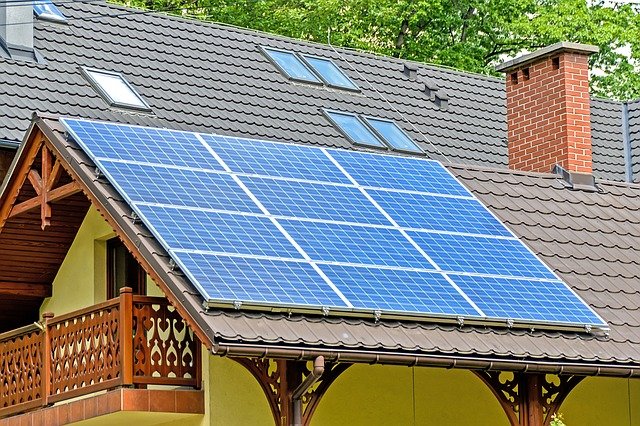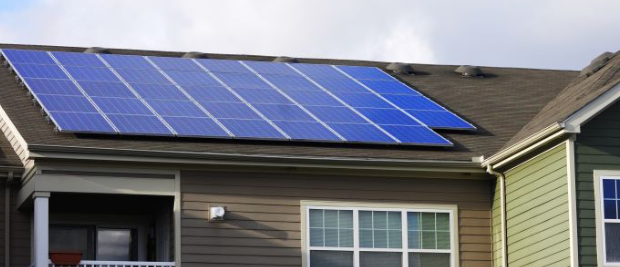Introduction to Solar Panels in San Antonio, Texas
Welcome to sunny San Antonio, Texas! Known for its warm weather and abundant sunshine, this vibrant city is the perfect place to harness the power of solar energy. If you’ve ever considered going green and reducing your carbon footprint, installing solar panels in San Antonio is a fantastic option. Not only will you be helping to protect the environment, but you’ll also enjoy numerous benefits, such as lower energy bills and increased property value. In this comprehensive guide, we will walk you through everything you need to know about solar panels in San Antonio – from types of panels available to financing options and maintenance tips. So, let’s dive in and discover how to tap into the sun’s unlimited energy right here in beautiful San Antonio!
Benefits of Going Solar in San Antonio
If you are considering switching to solar energy in San Antonio, you will be pleased to know that going solar has numerous benefits. Not only can it help reduce your carbon footprint and contribute to a cleaner environment, but it can also provide significant financial savings over time.
One of the primary advantages of installing solar panels is the potential for substantial energy cost savings. By harnessing the sun’s power, you can generate your electricity and decrease reliance on traditional sources such as fossil fuels. This means lower monthly utility bills and long-term protection against rising energy costs.
In addition to saving money, going solar in San Antonio can also increase the value of your home. Studies have shown that homes equipped with solar panels sell faster and at higher prices than non-solar homes. Potential buyers are increasingly looking for eco-friendly features like solar power systems, which can make your property more attractive.
Moreover, embracing renewable energy through solar panel installation makes you part of a larger movement toward sustainability and environmental responsibility. Solar power is clean and emits no greenhouse gases or other harmful pollutants during operation. Choosing this renewable resource helps combat climate change while promoting a greener future for future generations.
Another benefit is access to various incentives and rebates offered by federal, state, and local governments and utility companies in San Antonio. These financial incentives aim to offset some upfront costs associated with installing solar panels while encouraging homeowners like yourself to adopt clean energy solutions.
Going solar allows you greater control over your energy consumption and production. With net metering programs available in Texas, any excess electricity your system generates during sunny periods gets fed back into the grid for others’ use – earning credits on your bill! On cloudy days or at night when your panels produce less electricity, these credits can power your home.
Finally, going solar in San Antonio lets you enjoy ample sunshine and long daylight hours. The area has an average of 220 sunny days per year, making it an ideal location for solar energy production. With a reliable and abundant source of sunlight, you can enjoy the benefits of solar energy for years to come.
In conclusion, going solar in San Antonio offers numerous benefits – including cost savings, increased property value, environmental responsibility, access to incentives and rebates, and greater energy independence. With all these advantages, it’s no wonder that more and more homeowners are choosing to switch to solar energy.
Types of Solar Panels Available in San Antonio
When choosing solar panels for your home in San Antonio, Texas, you have various options to consider. Each type of solar panel has advantages and disadvantages, so it’s essential to understand the differences before deciding.
One popular type of solar panel is the monocrystalline panel. These panels are made from single-crystal silicon and are known for their high-efficiency levels. Monocrystalline panels are more expensive than other types but offer more excellent energy production per square foot.
Another option is polycrystalline panels made from multiple silicon crystals. While slightly less efficient than monocrystalline panels, polycrystalline panels are generally more affordable and can save energy.
Thin-film solar panels are another alternative worth considering. These panels use layers of semiconductor material applied directly onto a surface such as glass or metal. Thin-film panels tend to be less efficient than crystalline ones but can be more flexible and lightweight, making them suitable for certain applications.
Bifacial solar panels also capture sunlight on both sides of the module. This design increases energy production by utilizing reflected light from surrounding surfaces.
Choosing the right type of solar panel depends on various factors such as budget constraints, available space for installation on your property in San Antonio, and desired level of energy efficiency. It’s recommended to consult with a professional installer who can assess your specific needs and guide you toward the best choice for your situation.
Factors to Consider Before Installing Solar Panels in San Antonio
1. Sunlight Availability: One of the crucial factors to consider before installing solar panels in San Antonio is the amount of sunlight your property receives. Ideally, you want a location with unobstructed access to direct sunlight for most of the day. Shade from trees or neighboring buildings can significantly affect the efficiency of your solar panels.
2. Roof Condition: The condition and orientation of your roof are important considerations for solar panel installation. A sturdy and well-maintained roof will provide a stable foundation for the panels and ensure their longevity. Roofs facing south or west tend to receive more sunlight throughout the day, maximizing energy production.
3. Energy Consumption: Assessing your household’s energy consumption is crucial in determining how many solar panels you’ll need for optimal usage. Analyze past electricity bills to understand your average monthly usage and choose a system size that meets those needs without overproducing excess energy.
4. Financial Considerations: Installing solar panels requires an upfront investment, so carefully evaluating the financial implications is essential. Research available incentives such as federal tax credits, local rebates, and financing options that can make going solar more affordable.
5. Maintenance Requirements: While solar panels require minimal maintenance overall, considering any additional requirements is important before deciding. Regular cleaning may be necessary depending on local weather conditions like dust storms or heavy rainfall.
By considering these factors before installing solar panels in San Antonio, you can make an informed decision that aligns with your energy goals while maximizing savings over time!
Step-by-Step Guide for Installing Solar Panels in San Antonio
Step 1: Assess Your Energy Needs – Before you install solar panels in your San Antonio home, it’s important to determine how much energy you need to power your household. Look at your past utility bills and calculate your average monthly energy consumption. This will help you choose the right size and number of solar panels for your installation.
Step 2: Find a Reputable Solar Installer – Finding a reputable solar installer is crucial to ensure a smooth and successful installation process. Research online, read customer reviews and ask for recommendations from friends or neighbors who have already gone solar. To guarantee their expertise, look for certified installers, such as NABCEP (North American Board of Certified Energy Practitioners).
Step 3: Get a Site Assessment – Once you’ve chosen an installer, they will conduct a site assessment to evaluate the suitability of your property for solar panel installation. They will consider roof orientation, shading issues, structural integrity, and electrical compatibility. This assessment helps them design the most efficient system for maximum energy production.
Step 4: Obtain Necessary Permits – Installing solar panels usually requires obtaining permits from local authorities in San Antonio. Your installer should handle this process on your behalf, ensuring that all necessary paperwork is submitted accurately and promptly.
Step 5: Install the Solar Panels – With permits approved, it’s time for installation! According to engineering specifications, the installer will mount the racks securely on your roof or ground-based structure. Next comes wiring everything together—connecting the panels with inverters that convert DC electricity into AC electricity used by homes—and integrating it with your existing electrical system.
Step 6: Inspect & Connect to the Grid – After installing the system, an inspector may visit to verify compliance with building codes and safety standards in San Antonio before granting permission to connect it to the grid. Once approved, enjoy clean, renewable energy generated by sunlight!
Remember, this is just a general guide. Each installation may have its unique requirements and
Maintenance and Care for Your Solar Panels in San Antonio
Proper maintenance and care are essential to ensure that your solar panels in San Antonio continue to operate efficiently and provide you with clean, renewable energy. Here are some important tips to keep in mind:
1. Regular Cleaning: Dust, dirt, leaves, and bird droppings can accumulate on the surface of your solar panels over time, reducing their efficiency. It is recommended to clean them at least once every six months using a soft brush or sponge.
2. Inspect for Damage: Periodically check your solar panels for any signs of damage such as cracks or loose connections. If you notice anything unusual, contact a professional installer immediately for inspection and repair.
3. Trim Trees and Vegetation: Ensure that there are no trees or vegetation obstructing sunlight from reaching your solar panels. Trimming nearby branches will prevent shading issues that can impact their performance.
4. Monitor Performance: Keep track of how much electricity your solar panels generate on a regular basis using monitoring software provided by the manufacturer or installer. This will help you identify any issues early on.
5. Be Mindful of Extreme Weather Conditions: While solar panels are designed to withstand various weather conditions, it is still advisable to take precautions during severe weather events such as hurricanes or hailstorms. Securely fasten any loose objects around the panel area and consider contacting an expert if major damage occurs.
By following these maintenance tips, you can maximize the lifespan of your solar panels in San Antonio while enjoying the benefits of sustainable energy generation!
Remember that regular cleaning, inspections for damage, trimming trees/vegetation, monitoring performance, and being mindful of extreme weather conditions help maintain maximum efficiency! Keep this guide handy!
Financing Options for Solar Panel Installation in San Antonio
When installing solar panels in San Antonio, one of the main concerns for homeowners is the cost. While the long-term benefits of going solar are undeniable, the upfront investment can be significant. Luckily, there are several financing options available that can help make solar panel installation more affordable.
One popular option is taking advantage of solar loans. These loans allow you to finance your solar panel system over a period, typically with low or no interest rates. By spreading out the cost over several years, you can enjoy immediate savings on your energy bills without breaking the bank.
Another option is leasing or power purchase agreements (PPAs). With a lease or PPA, you don’t have to pay any upfront costs for your solar panels. Instead, you enter into an agreement where you pay a fixed monthly fee for using the electricity generated by the panels. This can be particularly attractive for homeowners who want to go solar but don’t have the financial means to purchase a system outright.
Additionally, some local and federal incentives are available in San Antonio that can significantly reduce the cost of installing solar panels. These incentives include tax credits and rebates that can help offset your initial investment.
Before deciding on a financing option, it’s important to do thorough research and consider your circumstances. Evaluate your budget, credit score, and long-term goals before deciding.
By exploring these financing options and taking advantage of available incentives in San Antonio, you can make going solar an attainable goal for your home while reaping all its environmental and financial benefits!
Frequently Asked Questions about Going Solar in San Antonio
1. How does solar power work?
Solar panels, or photovoltaic (PV) systems, convert sunlight into electricity using silicon cells. When the sun’s rays hit the cells, they create an electric field that generates a direct current (DC). This DC is then converted into alternating current (AC) through an inverter, which can be used to power your home or business.
2. Will solar panels work during cloudy days?
While solar panels are most effective under direct sunlight, they can still generate electricity on cloudy days. Although the output may be slightly lower than on sunny days, modern solar panel technology has improved efficiency and performance even in less-than-ideal weather conditions.
3. How much money will I save by going solar?
The money you can save depends on your energy usage, system size, and available incentives. On average, homeowners in San Antonio who switch to solar can reduce their monthly electricity bills by 50-100%. Additionally, Texas offers a state-wide incentive program called the Solar Rebate Program that provides financial assistance for eligible installations.
4. Do I need special permits or approvals to install solar panels?
Yes, you will typically need permits and approvals before installing solar panels in San Antonio. The process involves obtaining permission from your homeowner’s association (if applicable) and submitting applications to local authorities like the city building department or utility company for interconnection agreements.
5. What is net metering, and how does it benefit me?
Net metering allows you to sell excess electricity your solar system generates back to the grid and receive credits on your utility bill. When your system produces more energy than you consume during peak hours (such as sunny afternoons), you can offset future consumption with these credits.
6. Are there any maintenance requirements for my solar panels?
Solar panel systems require minimal maintenance but benefit from periodic cleaning to remove any dirt or debris that may reduce efficiency.
Conclusion
Going solar in San Antonio is a wise and sustainable choice for homeowners looking to reduce their energy bills, decrease reliance on fossil fuels, and contribute to a greener future. With its abundant sunlight and supportive policies, San Antonio offers an ideal environment for harnessing the power of solar energy.
By understanding the benefits of going solar, exploring the different types of panels available, considering essential factors before installation, following a step-by-step guide for installation, performing regular maintenance and care, and exploring financing options, you can make informed decisions about transitioning to solar power.
Installing solar panels helps save money and reduces your carbon footprint. It’s a win-win situation for both your wallet and the planet. So why wait? Start harnessing the power of the sun today with San Antonio solar panels!
Remember that each home is unique in terms of location and energy needs. It’s essential to consult with reputable professionals who can assess your specific situation and provide personalized advice tailored to your requirements.
Take advantage of all the resources available in San Antonio to make your transition to clean energy as smooth as possible. Embrace sustainability while enjoying long-term savings – go solar in San Antonio now!

